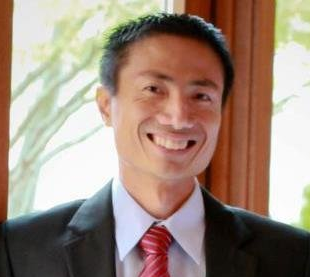
Switched Jobs? Learn How to Maximize Your New Benefits
Samantha just got a new job. She’s excited! It’ll be a breath of fresh air she needs, after a recent breakup.
Samantha will have to make decisions on her new 401(k), Employee Stock Purchase Program (ESPP), Restricted Stock Units (RSUs), and insurance coverage. She also needs to figure out what to do with her old 401(k). She wanted to choose wisely, so she reached out to us for guidance.
 New 401(k): How much to contribute?
New 401(k): How much to contribute?
Her employer matches her contributions up to 6% of her salary, so we both knew it’s wise to contribute at least 6%. To lower her tax bill and save more, she should contribute further, up to 11% of pay (to max out her 401(k). But Samantha wanted to do some apartment redecorating, so we decided to delay her higher contributions until the Fall.
She has the option to do a Roth 401(k), but since she’s already in the 32% marginal tax bracket, it would be more advantageous for her to do pre-tax, to try to lower her taxable income towards 24%.
Employee Stock Purchase Program (ESPP)
This gives Samantha the option to purchase her employer’s company stock at a 15% discount. Good deal!
We decided to put 5% of her salary towards this.
The strategy is, once her employer buys it for her 2x/year, she sells it immediately, locking in the guaranteed profit (at least 15% from the discount). It’s tempting to hold the stock for more than a year to get a better tax treatment, but the risk of owning just one stock outweighs the former.
Restricted Stock Units (RSUs)
Samantha’s RSUs will vest over 4 years. RSUs are essentially additional compensation in the form of a company stock.
The strategy for this is simple. Sell when they vest. Again, to avoid having a concentrated position in just one stock. She can use the proceeds towards her graduate student loans.
Insurance Coverage
She went with a high-deductible health insurance plan so she can contribute to a Health Savings Account (HSA). If done right, an HSA is one of the best ways (but least known) to grow our savings.
Samantha doesn’t have dependents, so she didn’t need to purchase additional group life insurance. Her company offered long-term disability insurance, which everybody needs.
Old 401(k)
Samantha’s 401(k) with her previous employer had excellent fund options. It offered low-cost/no hidden fee funds. We decided to keep it there for the time being.
Switching jobs is always an exciting move, as we seek new challenges, better compensation, &/or better work-life balance (or less crazy bosses). But with a new job comes new benefits to choose from. Samantha made a smart move by consulting with a professional, so she can maximize her new benefits and make her money work more for her.



Engage us on Facebook
Follow us on Twitter
Tweets by @mymcmedia